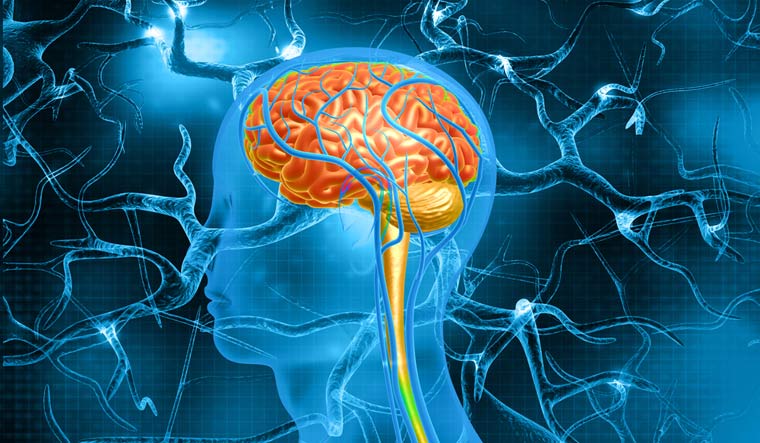Researchers at Cedars-Sinai have unveiled a significant discovery concerning the intricate workings of working memory in the human brain. Led by Jonathan Daume, a postdoctoral scholar in the Rutishauser Lab at Cedars-Sinai, the team has identified a group of neurons that play a pivotal role in coordinating the brain's focus and storage functions for short-term information retention.
Working memory, which is essential for tasks like remembering a phone number long enough to dial it, relies on the delicate coordination of intentional focus and short-term storage of information. This form of memory, which requires the brain to retain information for only seconds, is particularly fragile and demands sustained focus to be maintained. Ueli Rutishauser, director of the Center for Neural Science and Medicine at Cedars-Sinai and senior author of the study, emphasizes the vulnerability of working memory, especially in the context of various diseases and conditions, including Alzheimer's disease and attention-deficit hyperactivity disorder.
The study, published in the prestigious journal Nature, employed a unique approach to delve into the inner workings of working memory, recording the brain activity of 36 hospitalized patients with surgically implanted electrodes as part of epilepsy diagnosis. The team closely monitored the activity of individual brain cells and brain waves while the patients engaged in a task that required the use of working memory. Patients were presented with either a single photo or a series of three photos, followed by a brief blank screen period during which they had to remember the images they had just seen. Subsequently, they were shown another photo and asked to determine if it was one of the previously presented images.
Notably, when patients successfully and promptly responded to the working memory task, investigators observed the firing of two distinct groups of neurons: "category" neurons, which fired in response to the specific categories depicted in the photos, and "phase-amplitude coupling" (PAC) neurons, a newly identified group in this study. The PAC neurons, although not responsible for storing content, employ a process called phase-amplitude coupling to ensure that the category neurons focus and store the acquired information. By synchronizing their activity with the brain's theta and gamma waves, the PAC neurons enhance the ability of the category neurons to recall information stored in working memory.
Rutishauser elucidates this phenomenon through an analogy, stating, "Imagine when the patient sees a photo of a dog, their category neurons start firing 'dog, dog, dog' while the PAC neurons are firing 'focus/remember.' Through phase-amplitude coupling, the two groups of neurons create a harmony superimposing their messages, resulting in 'remember dog.'"
Remarkably, the PAC neurons carry out this crucial function in the hippocampus, a region of the brain traditionally associated with long-term memory. This study provides the first confirmation that the hippocampus also plays a role in controlling working memory, thus shedding new light on the mechanisms underlying memory processes in the brain.
This groundbreaking research was conducted as part of a multi-institutional consortium funded by the National Institutes of Health's Brain Research Through Advancing Innovative Neurotechnologies Initiative (The BRAIN Initiative), and was led by Cedars-Sinai in collaboration with the University of Toronto and the Johns Hopkins School of Medicine. Dr. John Ngai, director of the NIH BRAIN Initiative, emphasizes the significance of this study in unraveling complex brain processes, particularly in the context of devastating brain disorders such as Alzheimer's disease and other dementias.
The discovery of the group of neurons responsible for coordinating cognitive control and the storage of sensory information in working memory marks a pivotal advancement in our understanding of the brain's intricate mechanisms. This insight holds immense promise for the development of new treatments for neurological conditions that impact working memory, offering hope for individuals affected by these debilitating disorders.


